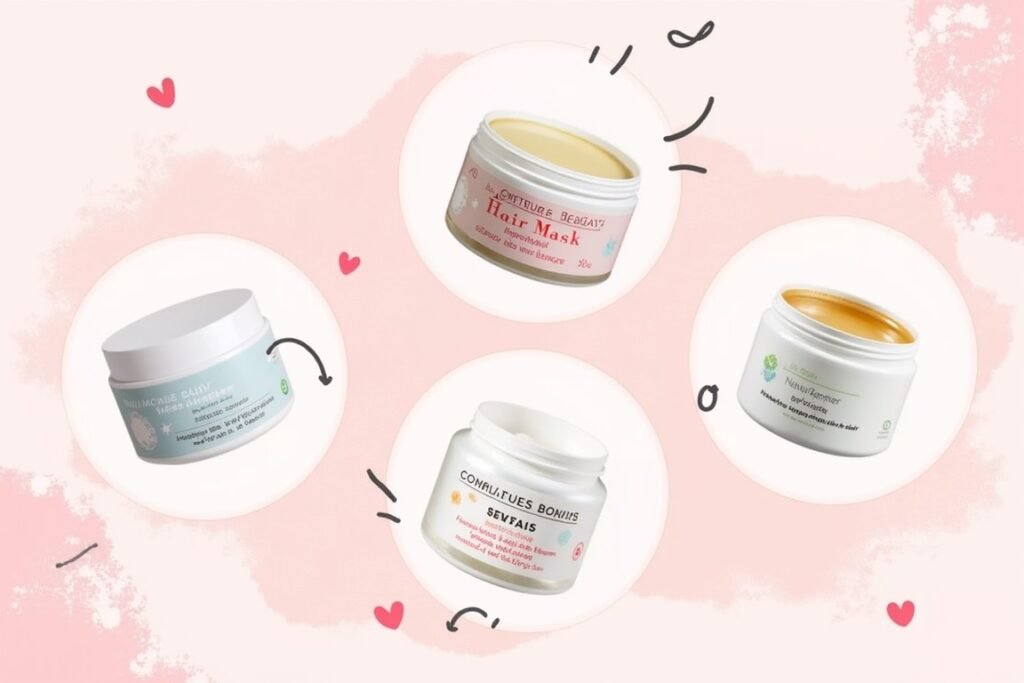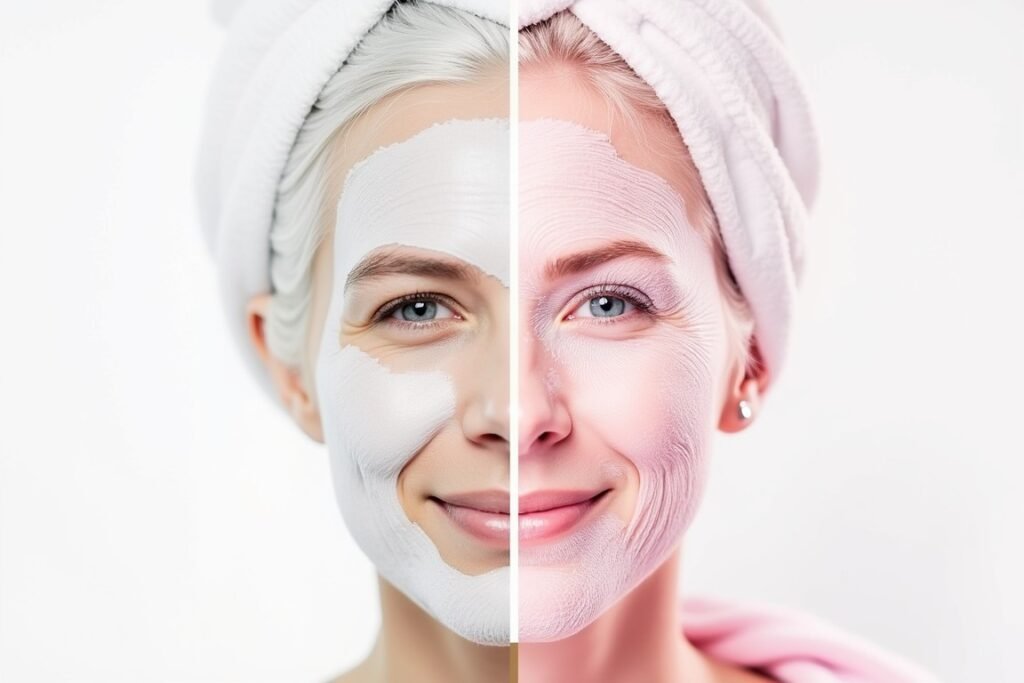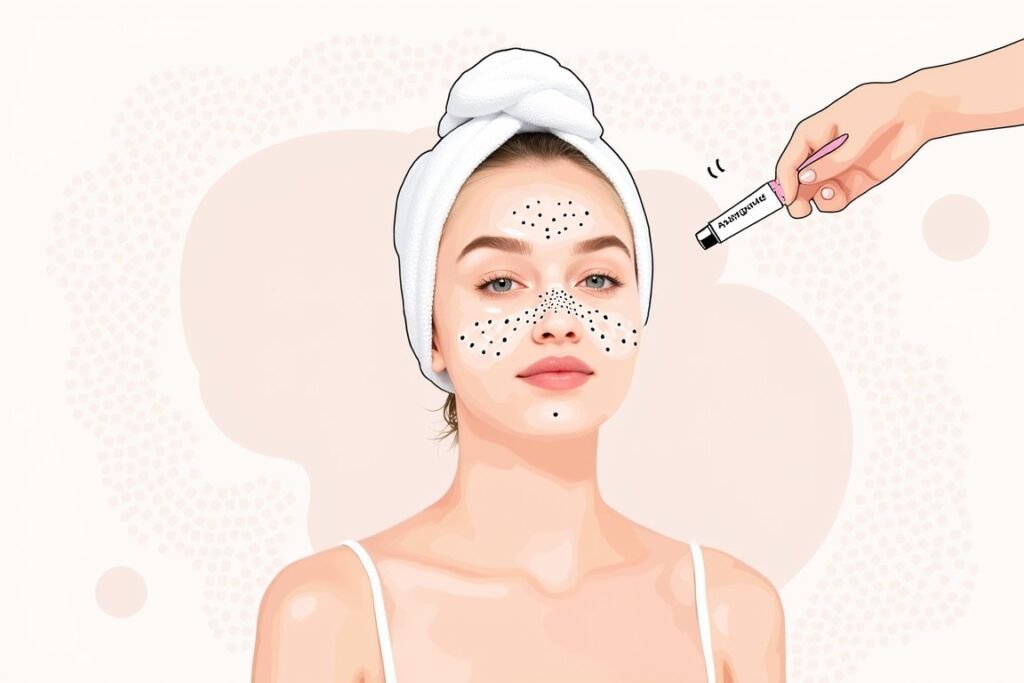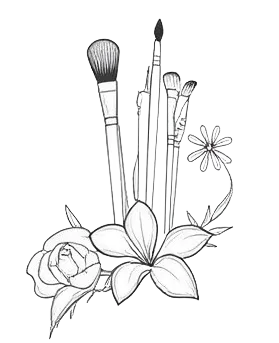If you’re dealing with oily skin, you’ve probably been told to “just wash your face more” or use harsh products to dry it out. Maybe you’ve tried every mattifying product on the market, only to find your skin looking like an oil slick by lunch time.
Here’s what nobody tells you: oily skin isn’t your enemy. You just need the right routine that works WITH your skin, not against it. The goal isn’t to strip every drop of oil away – it’s to balance your skin’s natural processes while keeping excess shine and breakouts under control.
Let me share the step-by-step routine that actually works for oily skin, backed by dermatologist recommendations and real results from people who’ve been exactly where you are now.
Contents
- 1 Quick guide – essential steps for oily skin routine
- 2 Why your current routine might be making oily skin worse
- 3 Morning skincare routine for oily skin (6 steps)
- 4 Evening skincare routine for oily skin (7 steps)
- 5 Best ingredients for controlling oil production
- 6 How often should you exfoliate and use treatments?
- 7 Common oily skin routine mistakes to avoid
Quick guide – essential steps for oily skin routine
Morning routine (6 steps):
- Gentle cleanser
- Toner or essence
- Niacinamide serum
- Lightweight moisturizer
- SPF 30+ sunscreen
- Oil-absorbing primer (if wearing makeup)
Evening routine (7 steps):
- Oil cleanser (if wearing makeup/sunscreen)
- Water-based cleanser
- Exfoliant (2-3x per week)
- Treatment serum (retinol/BHA)
- Hydrating toner
- Night moisturizer
- Spot treatment (if needed)
The key difference? Evening is when you do the heavy lifting with active ingredients, while morning focuses on protection and oil control.
Why your current routine might be making oily skin worse
Before we dive into what works, let’s talk about what doesn’t. These common mistakes actually trigger MORE oil production:
Over-cleansing strips your skin’s natural barrier. When you remove too much oil, your skin panics and produces even more to compensate. This creates a cycle where you clean more, skin gets oilier, repeat.
Skipping moisturizer because “oily skin doesn’t need it.” Dehydrated oily skin actually produces more sebum trying to protect itself. Even oily skin needs hydration.
Using only mattifying products without addressing the root cause. You’re treating the symptoms (shine) without fixing the underlying issue (overactive sebaceous glands).
Switching products too frequently. Your skin needs 4-6 weeks to adjust to new products. Constantly changing your routine confuses your skin and prevents you from seeing real results.
Morning skincare routine for oily skin (6 steps)
Your morning routine is all about protection and oil control throughout the day.
Step 1: Gentle cleanser
Start with a gel or foam cleanser with salicylic acid (0.5-2%). This removes overnight oil buildup without being too harsh for morning use.
Apply to damp skin, massage for 30 seconds, rinse with lukewarm water. Hot water strips your skin and triggers more oil production.
Step 2: Balancing toner or essence
Look for niacinamide, witch hazel, or green tea in your toner. These ingredients control oil production while maintaining your skin’s pH balance.
Pat onto clean skin with your hands – cotton pads can be too abrasive for daily use.
Step 3: Oil-control serum
Niacinamide 5-10% is your best friend for morning use. It reduces oil production, minimizes pores, and calms inflammation without irritation.
Apply 2-3 drops to entire face, focusing on your T-zone.
Step 4: Lightweight moisturizer
Choose a water-based, non-comedogenic formula with hyaluronic acid. Your skin needs hydration even if it’s oily.
Use about a pea-size amount – more isn’t always better with oily skin.
Step 5: Broad-spectrum SPF
This is non-negotiable. Look for zinc oxide or titanium dioxide – they provide protection AND help control oil throughout the day.
Apply 1/4 teaspoon to face and neck, reapply every 2 hours.
Step 6: Oil-absorbing primer (optional)
If you’re wearing makeup, use a silicone-based primer to create a smooth base and extend your makeup’s wear time.
Evening skincare routine for oily skin (7 steps)
Evening is when you can use stronger active ingredients to really address oil production and prevent breakouts.
Step 1: Oil cleanser (if needed)
If you wore makeup or water-resistant sunscreen, start with an oil cleanser or micellar water to break down these products.
Massage for 1 minute, then remove with a warm washcloth.
Step 2: Water-based cleanser
Follow with the same gentle cleanser from your morning routine to remove any remaining residue.
Step 3: Chemical exfoliant (2-3x per week)
Use salicylic acid (BHA) 1-2% to penetrate oily pores and prevent clogs. Start with twice weekly and increase if your skin tolerates it.
Apply to clean, dry skin, wait 20 minutes before next step.
Step 4: Treatment serum
Alternate between retinol (2-3x per week) and niacinamide (daily). Never use retinol and BHA on the same night when starting out.
Start with lower concentrations and gradually increase.
Step 5: Hydrating toner or essence
Use a hyaluronic acid or ceramide-rich toner to add hydration back after using active ingredients.
Step 6: Night moisturizer
Choose a slightly richer formula than your morning moisturizer – your skin repairs itself overnight and needs extra support.
Step 7: Spot treatment
Apply benzoyl peroxide 2.5% or tea tree oil directly to any active breakouts.
Best ingredients for controlling oil production
Niacinamide (Vitamin B3): Reduces sebum production by up to 20% and minimizes pore appearance.
Salicylic acid (BHA): Oil-soluble exfoliant that penetrates pores and prevents clogs.
Retinoids: Regulate cell turnover and reduce oil production over time.
Zinc: Natural oil-control ingredient, great in sunscreens and spot treatments.
Clay (bentonite, kaolin): Absorbs excess oil without over-drying when used in masks.
Hyaluronic acid: Provides oil-free hydration that won’t clog pores.
How often should you exfoliate and use treatments?
Chemical exfoliants (BHA): 2-3 times per week Retinol: Start 1x per week, build up to every other night Clay masks: 1-2 times per week maximum Spot treatments: Only on active breakouts Physical exfoliants: Once weekly max (or skip entirely)
Your skin needs time to process active ingredients. More frequent use doesn’t equal better results – it usually leads to irritation and more oil production.
Common oily skin routine mistakes to avoid
Mistake 1: Using too many active ingredients at once Fix: Introduce one new active ingredient every 2-3 weeks
Mistake 2: Expecting immediate results Fix: Give products 6-8 weeks to show their full effects
Mistake 3: Using the same routine year-round Fix: Adjust for seasonal changes – lighter products in summer, more hydration in winter
Mistake 4: Focusing only on oil control Fix: Include hydrating and barrier-repair ingredients
Mistake 5: DIY treatments that are too harsh Fix: Stick to tested, gentle ingredients rather than experimenting with lemon juice or baking soda










